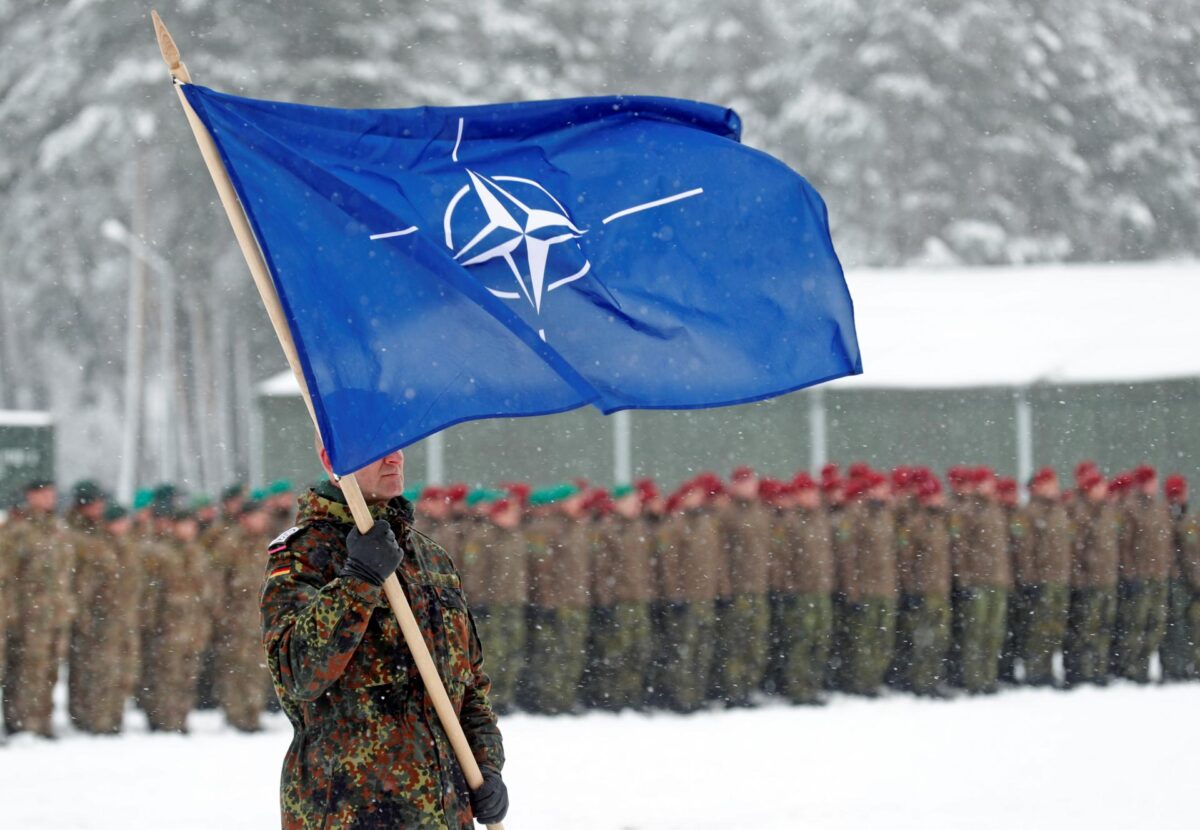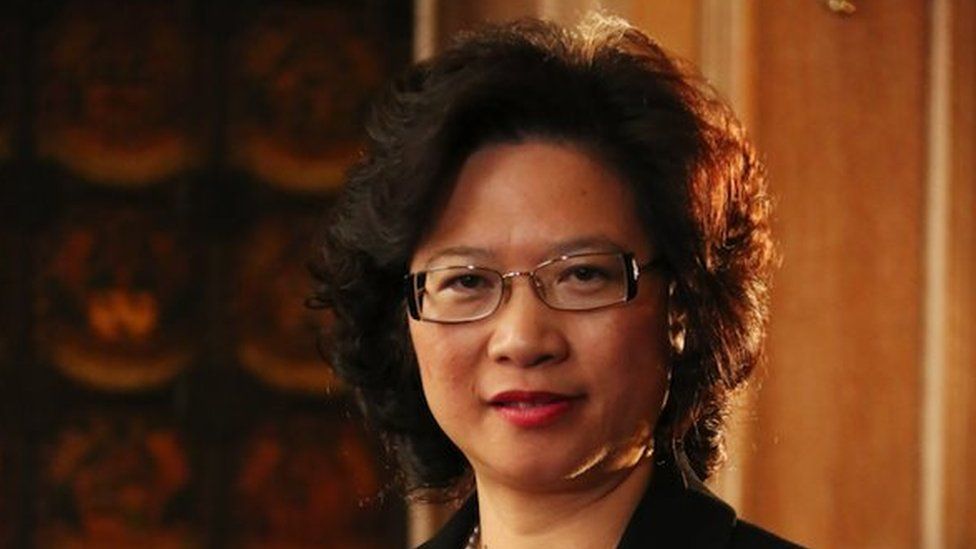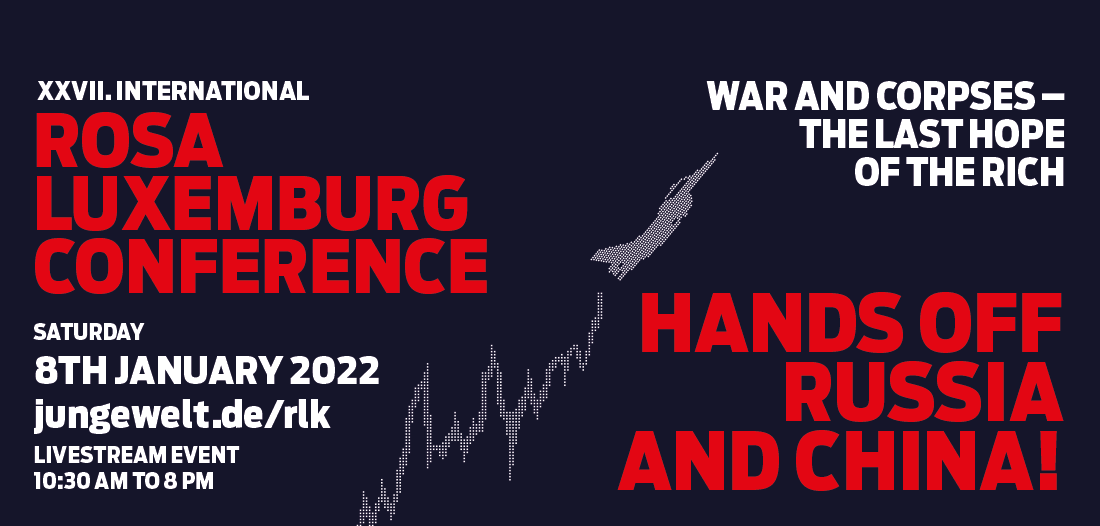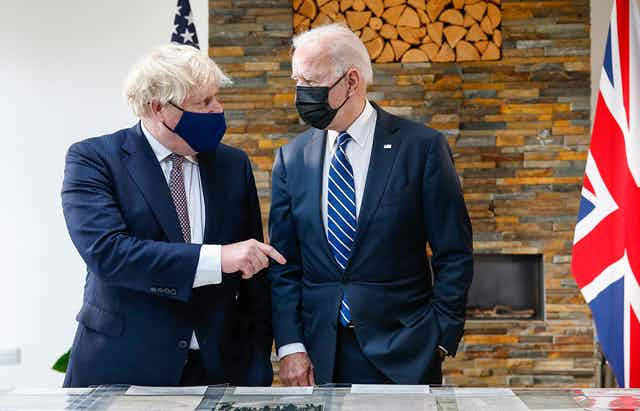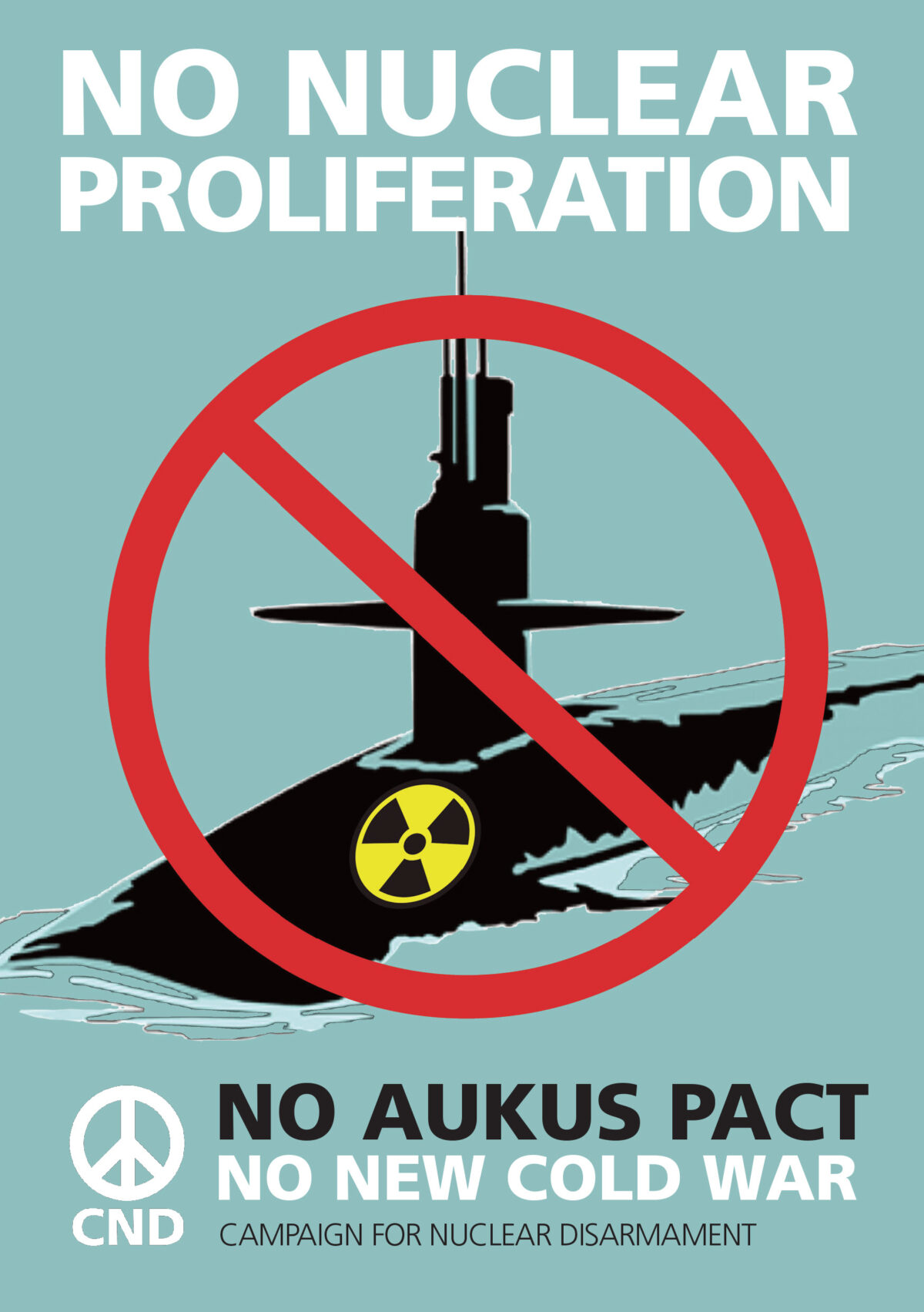On 24 February, the Russian Federation launched a military intervention into Ukraine, marking a serious escalation of this conflict. No Cold War opposes the unilateral use of force against any sovereign state in contravention of the United Nations Charter and international law. At the same time, we recognise that the current crisis is the outcome of a decades-long policy of eastward expansion of the NATO military alliance, the consequences of which were rightly warned against in advance by leading figures of the US foreign policy establishment such as George Kennan, original architect of Washington’s strategy during the Cold War.
Today, we are witnessing how war breeds fear, hatred, and jingoism, with the flames often being fanned by our politicians and media institutions. This conflict has the potential to spiral out of control and bring the United States and Russia – the world’s two largest nuclear powers, who together account for 90 percent of all nuclear warheads – into direct conflict.
We urgently call on all parties to immediately pursue a diplomatic resolution of this conflict. Now more than ever, the priority is peace.
In order to end this war and minimise the suffering and death of the Ukrainian and Russian peoples, it is urgently necessary that we understand how we arrived at this moment – only then can we navigate our way out.
NATO’s eastward expansion
In 1990, the United States and Western governments made repeated assurances to the Soviet Union that, in the words of then US Secretary of State James Baker, NATO would not expand ‘one inch eastward’ from Germany. However, since that time NATO has added 14 countries to its membership, primarily in eastern Europe.
Major figures within the US foreign policy establishment have repeatedly warned that the expansion of NATO would provoke Russia and inevitably lead to war. In 1997, George Kennan put it plainly: “expanding NATO would be the most fateful error of American policy in the entire post-Cold War era.”
“I think it is the beginning of a new Cold War,” Kennan stated. ”I think the Russians will gradually react quite adversely and it will affect their policies. I think it is a tragic mistake. There was no reason for this whatsoever. No one was threatening anybody else.”
Over the years, similar assessments of how Russia would react to NATO expansion were made by numerous figures in the US establishment, including by the last Ambassador to the Soviet Union Jack F Matlock, former Secretary of Defense Robert M Gates, and current CIA Director William J Burns, who in 2008 called it a “redline” issue.
Successive US administrations ignored these warnings about Russia’s security concerns, continuing NATO’s reckless, dangerous march to the East.
The 2014 coup
In 2014, the United States openly backed a coup against Ukrainian President Viktor Yanukovych. Why? In 2020, US House Intelligence Chairman Adam Schiff spelled out Washington’s aims: “The United States aids Ukraine and her people so that they can fight Russia over there, and we don’t have to fight Russia here.” In other words, US policy has sought to use Ukraine and its people as a proxy and cannon fodder to combat Russia.
The coup empowered Ukrainian ultra-nationalists and neo-Nazis, who have a substantial influence within the country and have shattered its social fabric. State policies and neo-Nazi militias have threatened Russian-speaking and other ethnic minority groups within Ukraine, which has prompted them to seek protection from Russia.
Since 2014, serious armed conflict has taken place in the Donetsk and Luhansk regions of eastern Ukraine, known collectively as the Donbass, which is home to a substantial Russian-speaking ethnic minority population. According to the United Nations, this war has produced over 14,000 deaths and over 50,000 casualties between 2014 and 2021.
Ending the war and establishing peace
These policies have produced a deep tragedy for the Ukrainian people. Thus far, the United States and allied governments have eschewed diplomacy in favour of further escalation and intensification of the war. In recent weeks, these governments have pledged billions of dollars worth of additional weapons to Ukraine, encouraged their citizens to join the fighting as foreign mercenaries, and implemented further unilateral sanctions against Russia which will principally harm the country’s people.
All parties should immediately act to bring an end to the war and establish a lasting peace. This requires a diplomatic solution which addresses the following issues:
- Adherence to the Minsk Agreements (2014–15), a set of de-escalation measures including ceasefire and the withdrawal of weapons, which all parties agreed to in an effort to mitigate ethnic cleansing and end the war in the Donbass region.
- Security guarantees for Russia and Ukraine, including that Ukraine never become a member of NATO and that nuclear weapons never be deployed in Ukraine
- Reversal of Ukraine’s ultra-nationalist laws and protection of the rights of ethnic minorities.


